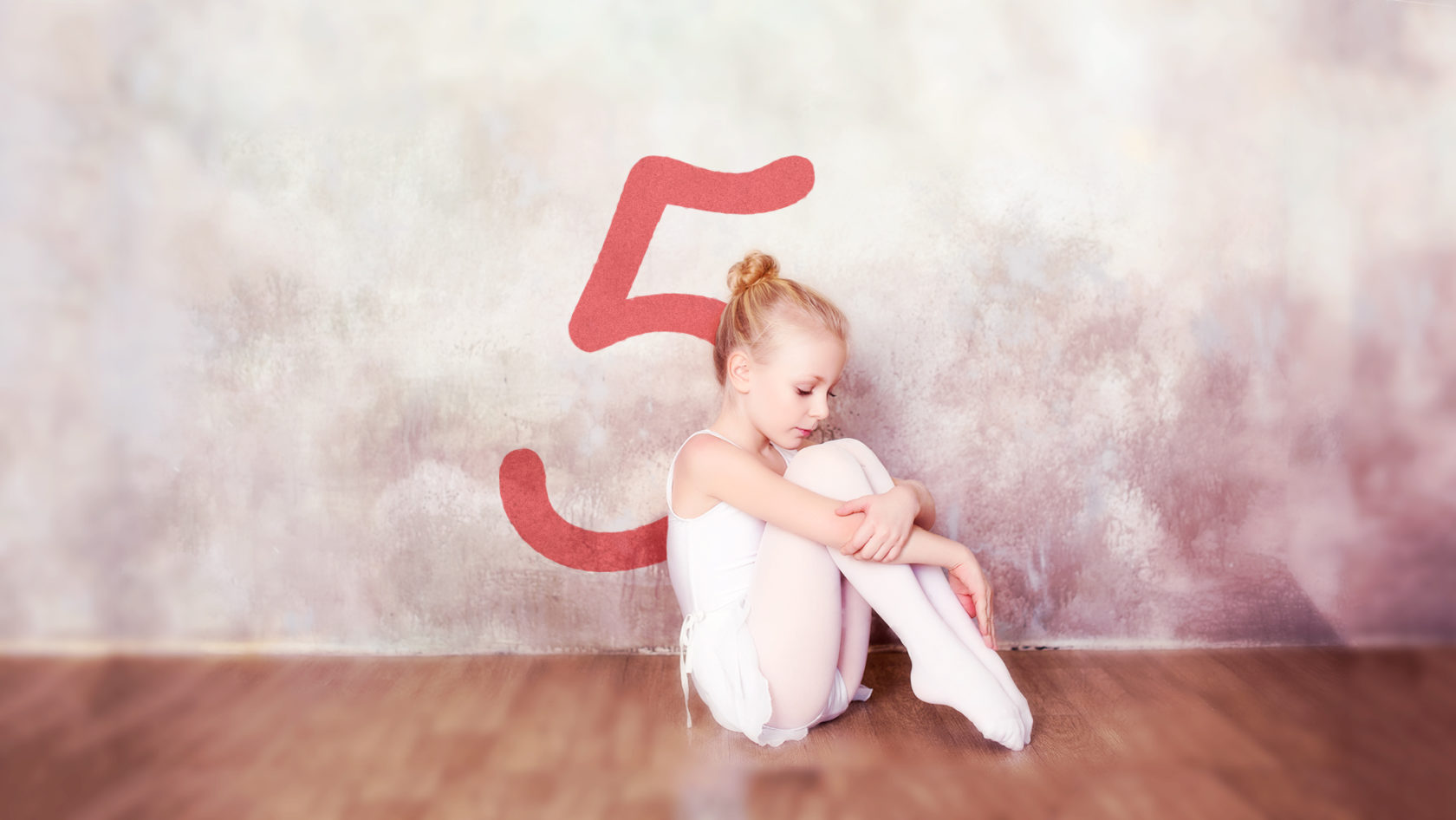First, a little story . . .
I was teaching a group of students who were new to me. I had them on their backs doing a stretch that would help them feel where their external rotators exist. While the stretch is gentle enough, there is still plenty of feeling happening while engaged in this stretch, so you can imagine my surprise when the entire class proclaimed, “I can’t feel anything!”
Turns out the dancers were so used to being forced into aggressive stretching that this type of stretch literally felt like nothing to them. I should also mention these particular dancers were always dealing with some sort of joint pain. Always. Not yet teenagers and they suffered from chronic joint pain.
Hmm . . . I do believe it is safe to say something is amiss.
Everyone Knows The Problem
Anyone even somewhat in the know when it comes to dance is likely aware of the ongoing conversation about the dangers of over stretching. With reality TV shows flaunting young dancers who have superhuman “bend like Gumby” powers and the pressure building on students to get their legs up “no matter what”—well, let’s just say it makes the job of ballet teacher extra difficult. I don’t even need to explain why it makes our job so difficult.
We all know why.
(Well, most of us anyway. For those who don’t see the problem—or choose not to—I do hope they get an intervention sooner rather than later, for their students’ sake.)
Some Things To Look For
I want to stress how important it is that we actually teach our students how to stretch. I know it requires much time, much patience, and much diligence, but we must. They must be taught how healthy stretching feels so they can make wise choices for their bodies. Plus, taking time to teach stretching builds solid body awareness which only serves a dancer well. I mean, no dancer ever has been heard to complain, “Gee, I really wish I was not so aware of my body.”
Some things to look for when your dancers are stretching:
- Equality of the Sides. There needs to be balance between the two sides of the body while stretching. Often times dancers get so zoned in on the leg that is being “stretched” that the other side is forgotten. This results in twisted knees, pulled ligaments, and strained muscles. Whatever the stretch is, if a dancer is unable to do it and maintain a balance between right/left, then the stretch is too advanced for them and should be adapted accordingly.
- Gentle on the Joints. Pain should not ever be felt in the joints. If a stretch sends pain signals through the body, then the stretch needs to be adapted to the dancer’s needs. It is not ok to dismiss joint pain just to get the stretch in. Adapt the stretch to fit the individual, and watch the progress flow.
- Stretchy Muscles. When stretching muscles, the stretch should feel just like that—a stretch. Not a stagnant pose. Dancers need to understand that stretching is an action, not a position we stay in. If you see a dancer holding their breath or trembling, this probably means they are not stretching, but rather posing in a very uncomfortable position. Remind them stretching should feel good. It should not make you go “ouch!” or groan with displeasure.
- Consider Shapes. There are many stretches that require the body to be placed in very specific angles and shapes. These positions are in place to target specific points and to create a safe foundation in which the stretch can live. Students need to understand this. They must not be allowed to simply fling their limbs about. If the shape is not attainable due to joint pain or extreme tightness in the muscles, then the stretch is too advanced and they should be given other stretches to target their specific needs.
- Don’t Forget the Obvious. Things like being warmed up, strength to support the stretch, enough body awareness to analyze how the stretch feels, etc. These are super important elements to teach and consider. Without these obvious factors in place none of the other items can even exist. It all starts here. We build from this place. And we build slowly.
Teaching students from the earliest of ages how to properly stretch their bodies is a key ingredient to building physically resilient dancers. On top of that, it instills a sense of respect for their bodies and increases their knowledge of how dance works with their bodies—not against them.
As dancers, our body is our tool. It makes no sense to damage and manipulate it. It makes all the sense to know it and to mold it with care and wisdom. If we teach our students this skill, we will help create a generation of dancers that defy the pressures of this body contortionist obsessed culture. They will revive the art of clean lines and safe dancing and longevity will belong to them.
Related Articles


Comments
No comments for this post.
Add Comment